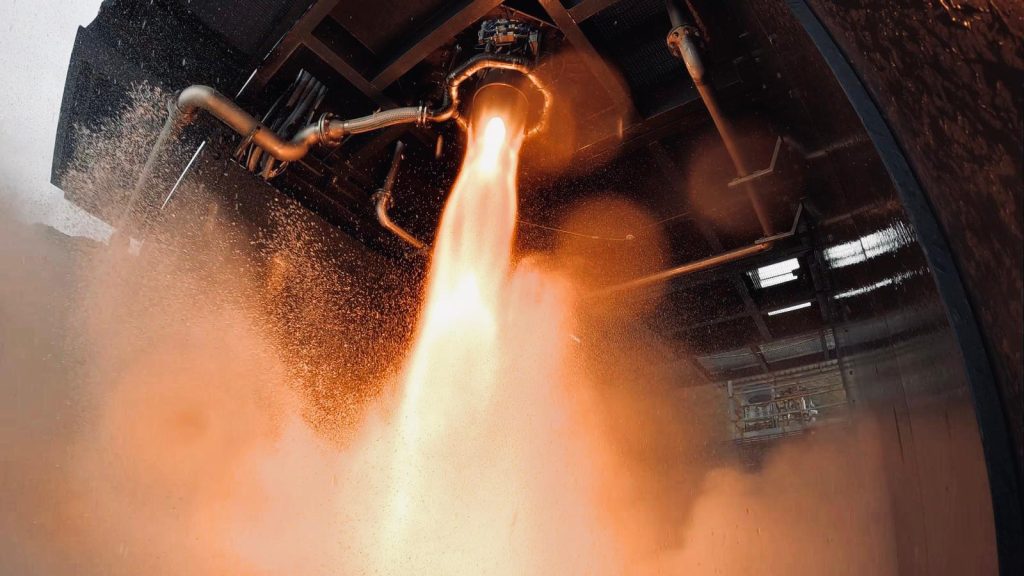STRAW ROCKETS

For all those kids (and adults out there), why not try and build your own straw rocket?
THE SCIENCE BEHIND SKYRORA’S STRAW ROCKET
Modern rocket design began over a thousand years ago. While much has been learned and rockets have grown larger and more powerful, rocket designs are still improving. By changing one thing at a time, engineers can determine if that change leads to an increase or decrease in performance.
Engineers must also consider how their design might fail, and work to improve their design. These changes allow engineers to improve rocket performance and increase the amount of mass they can lift into space. This experiment demonstrates how real rockets fly through the atmosphere, and how making minor changes can affect the flight of the rocket.
Drag is the force of air getting in the rocket’s way. Thanks to gravity – your rocket’s mass pulls it back down to Earth. The lighter you make your rocket (using less paper and less tape), the less mass it has and therefore the further it will fly.
How does the angle at which you launch your rocket affect the distance it travels? Try out different angles and record the results. This is what is known as the trajectory, a term that describes the curved path that an object follows after it has been thrown or shot into the air.
In rocket launch, the vertical trajectory of a rocket is described by the altitude, velocity and total mass – these are the state variables of the rocket. The trajectory of a rocket is calculated using equations known as Ordinary Differential Equations (ODEs), which give the time rate of change of each state variable.
Try adding another fin to your rocket with tape. How does it affect the flight of your rocket? The purpose of putting fins on a rocket is to provide stability during flight, to allow the rocket to maintain its orientation and intended flight path. The size, shape and number of fins will change things like your rocket’s centre of mass, and how much drag it faces when it flies.
Skyrora’s three smallest rockets are aerodynamically stabilised through four fins at each stage. This means that a control system is not required, therefore making it a simpler and safer rocket.



